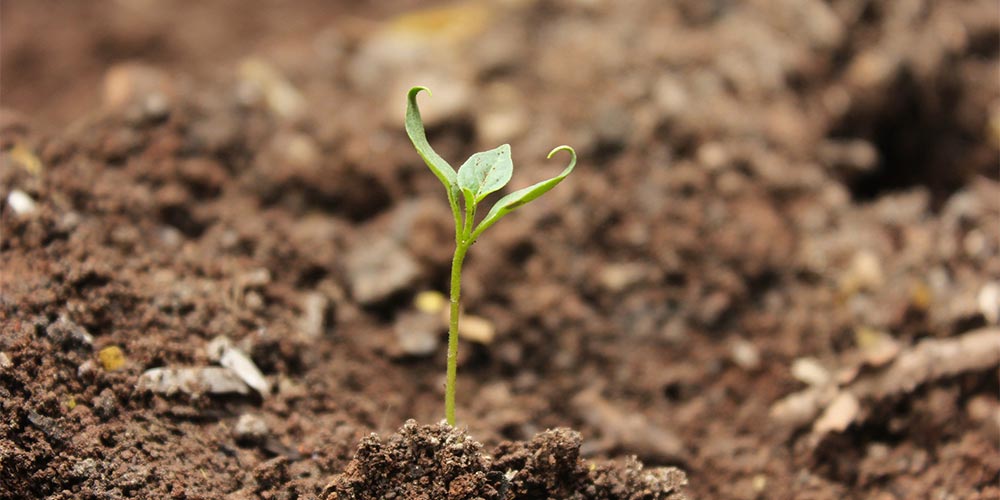
I felt it was just about time to share some of my thoughts on some of the gardening best practices that concern soil. Some of them seem logical, but this makes them easier to overlook. One thing is certain, though: you can’t enjoy successful crops year after year in the absence of high-quality soil.
Let’s see some easy things we can do to ensure our soil is ready for this year’s crops.
1. Soil Testing
The first thing you need to do is to check the actual state of your soil. While it is true that I use raised beds for growing most of my plants, I prefer to add soil to the beds. This means, though, that I have to know how rich my soil is in the different nutrients that help plants develop in a healthy and steady manner.
Soil Test Kit
The main substances we need to monitor are nitrogen, potassium and phosphorous. The pH level is also very important, as well as the amount of organic matter in the soil. There are specific tests to check these levels.
By knowing the nutrient levels in your soil, you’ll be able to determine the ideal way to amend soil to get the best crops possible. You should seek for some agriculture extension offices and ask them to help you with a soil test. These tests are either free or fairly inexpensive.
2. Adjusting Soil
If you are like most of us, your soil won’t be perfectly aerated right off the bat. It may be too sandy or it may contain too much clay. Clay prevents aeration and water drainage, so you should keep tabs on it at all times. Achieving proper soil adjustment may take time, but it will be well worth it. Shop Redbud Soil grow supply.
The best way to do this is to chop leaves or other organic matter and mix it well into the soil. There are people who add liquid nitrogen to speed up the decomposition of the organic matter.
Unfortunately, the decomposition process requires quite a long time, so you should start your preparations in the fall.
If you didn’t know about this last fall, you still have a solution. Add high-quality organic potting soil to help the plants grow faster and develop stronger roots. This technique requires a lot of work, but the effort is worth it, as your crops will hugely benefit from the improved soil conditions.
3. Assessing pH Level
A pH reading is part of most soil tests. However, if it isn’t, you can purchase a soil testing kit and do this yourself. Such kits are available at most garden centres and they are very cheap.
Most vegetables grow well in slightly acidic soil (with a pH level lower than 7.0). Usually, soil on the East Coast is slightly more acidic, while soil on the West Coast is rather alkaline (with a pH level higher than 7.0) because of dry and hot summers.
Properly amending your spoil means preparing it for the specific plants you’d like to grow. Each crop has its own best pH level. You should search online for your intended crops to see what pH level your soil should have. You’ll find out, for instance, that growing blueberries calls for a very acidic soil that would surely kill most other vegetables.
If your soil is alkaline, you can lower its pH level by adding elemental sulfur or gypsum. You can also use composted leaves or sawdust if you have these matters readily available.
If your soil is too acidic, you can correct its pH level with limestone (calcium carbonate), crushed oyster shells, and bone meal. You might find out that hardwood ash is also quite effective. I usually save all ash from my wood stove to use it in the garden when spring comes.
4. Adding Compost
I like to repeat this over and over again: adding compost is the best thing you can do to improve the quality of your soil right away. You can either make your own compost and store it or purchase compost bags from your local gardening store. Either way, compost has everything your garden needs to thrive and flourish each and every year.
Compost is not only rich in organic nutrients, but it also promotes aeration and water drainage even when it comes to extremely difficult soil types.
Compost
If you want, there’s still time for you to start a compost pile to use it next year. Spring will find you ready to provide your soil with all nutrients needed to support strong and healthy crops.
5. Use Milk As Natural Fungicide
A while ago, I found this incredible technique to add milk to a compost pile and even use it directly on the soil just before planting. In fact, the natural sugars and amino acids in milk that are so good for us, are also good for vegetables, right?
According to research, untreated, raw milk has natural fungicide properties. As insects have a hard time digesting sugars, we can consider milk as being also a mild insecticide. There’s also research that shows milk can help soil absorb more air and water, while also developing a beneficial population or microbes.
However, milk is expensive, so you should rather use a solution of 20% milk and 80% water to spray on the soil one or two days prior to planting.
